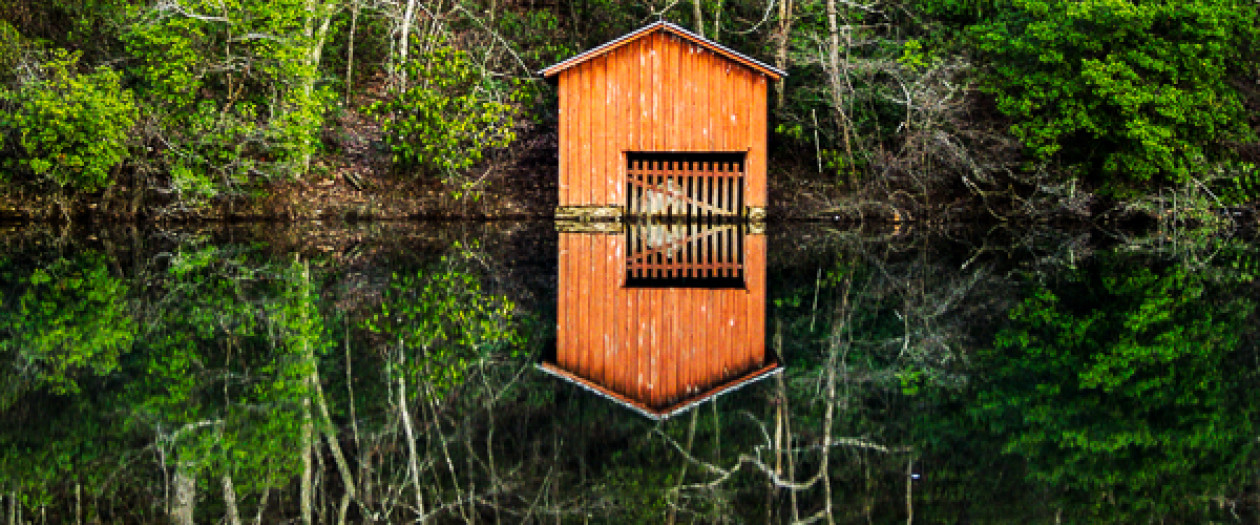ISO 100 ISO 6400
So we may to keep the ISO as low as possible, giving us clean, colorful and noise free photos, in most situations. There will be times where you must turn the ISO up to get the shot you want. Inside a home, or church. Outside at dusk or in overcast conditions. If you look at olk B&W photos, they often added grain to set the mood, or create a feeling, you can do the same thing raising the ISO values. As much as we complain about noise, it is nothing like what we dealt with in the film days. Even entry level cameras are capable of working in lighting conditions that were impossible in the past.
Just as each full change in f-stop, or change in shutter speed changes the light by half, or doubles it, changing the ISO value acts as a one stop change.
TIP: Use a tripod to lower ISO rating, and/or, to reduce your shutter speeds, keeping the risk of noise down, as well as reducing the risk of the camera moving during the shot.
We’ve covered the three variables and, now we have choices to make in how we balance our three variables for a great shot as well as how to maintain that balance, as we make adjustments to them. We cover all of this, and more, in the next post in the series… XXXXX
Do you have any comments or questions? Drop me a line and leave a comment.
Make sure you subscribe, and we will send youYYYYYYYYYYYY jsut for signing up.

